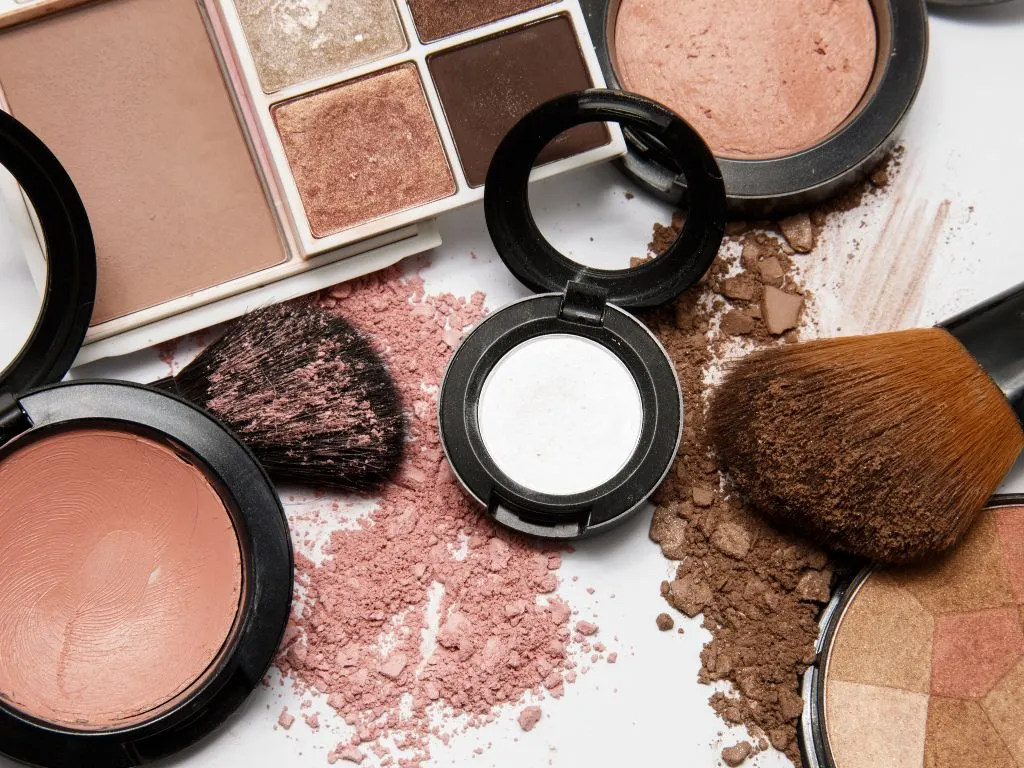News Details

UK Notifies WTO of Draft Regulation to Ban 4-MBC and 16 CMR Substances in Cosmetics
On 31 October, the United Kingdom notified the World Trade Organization (WTO) of a new draft measure titled The Cosmetic Products (Restriction of Chemical Substances) Regulations 2026. Issued by the Department for Business and Trade’s Office for Product Safety and Standards (OPSS), the draft would amend Regulation (EC) No 1223/2009, as retained in Great Britain, introducing stricter controls on several cosmetic ingredients to enhance consumer safety.
Key Proposed Amendments
The draft regulation introduces three main updates:
- Formaldehyde-releasing preservatives: The labelling threshold would be lowered, requiring clearer disclosure for products releasing even small quantities of formaldehyde.
- Ban on 3-(4-Methylbenzylidene)-d1 camphor (4-MBC / Enzacamene): The UV filter would be prohibited in cosmetic products due to potential endocrine and reproductive toxicity concerns.
- Addition of 16 new CMR substances to Annex II: These substances have been classified under the GB CLP Regulation as carcinogenic, mutagenic, or reprotoxic (Category 1B or 2) and will therefore be banned for use in cosmetics.
| Substance name | CAS No. | Classification |
|---|---|---|
| 2,4,6-Tris(tert-butyl)phenol | 732-26-3 | Repr. 2 |
| 2-Methyl-3-(3,4-dimethylphenyl)-3-morpholinopropan-1-one (369) | 119313-12-1 | Repr. 1B |
| 4,4′-Methylenebis(N,N-dimethyl)benzenamine | 101-61-1 | Carc. 1B |
| 4-Methylphenol | 106-44-5 | Repr. 2 |
| Benzophenone | 119-61-9 | Repr. 2 |
| Biphenyl-2-ol | 90-41-5 | Repr. 2 |
| Cyclohexanol, 2-methyl-5-(1-methylethyl)- | 5528-43-8 | Repr. 2 |
| Cyclopentane, 1,2-diphenyl- | 776-35-2 | Repr. 2 |
| Ethyl 4-dimethylaminobenzoate | 10287-53-3 | Repr. 2 |
| Isobenzofuran-1,3-dione, 4,5,6,7-tetrachloro- | 117-08-8 | Carc. 2 |
| Methylenedimethanol | 223-42-3 | Carc. 2 |
| N,N-Dimethylacetamide | 127-19-5 | Repr. 1B |
| N,N-Dimethylformamide | 68-12-2 | Repr. 1B |
| N-Methoxy-N-methylacetamide | 6290-49-9 | Repr. 1B |
| Phenol, 4-(1,1,3,3-tetramethylbutyl)- (p-tert-octylphenol) | 140-66-9 | Repr. 2 |
| Tetrahydrofurfuryl methacrylate | 2455-24-5 | Repr. 2 |
These additions align Great Britain’s cosmetics framework more closely with recent GB CLP classification updates and reflect ongoing convergence with EU scientific risk assessments where appropriate.
Scientific Basis
The Scientific Advisory Group on Chemical Safety of Non-Food and Non-Medicinal Consumer Products (SAG-CS) advised the government on the health risks associated with 4-MBC and formaldehyde-releasing preservatives. SAG-CS concluded that continued use of these ingredients may pose unacceptable risks to consumers, prompting the OPSS to initiate this regulatory update.
Implementation Timeline
The draft regulation is expected to be adopted in January 2026. Most provisions, including the ban on 4-MBC and the revised labelling requirements for formaldehyde-releasing substances, are scheduled to enter into force on 15 July 2026. The amendment introducing the 16 newly classified CMR substances to Annex II of the Cosmetic Regulation will follow one month later, becoming effective on 15 August 2026.
Transitional Provisions
- Products containing 4-MBC or formaldehyde-releasing preservatives placed on the market before 15 July 2026 to remain available until 15 January 2027.
- Products containing any of the newly listed CMR substances placed on the market before 15 August 2026 to remain available until 15 February 2027.
These provisions are intended to give manufacturers time to reformulate affected products and update compliance documentation.
Public Consultation
Comments are invited until 30 December 2025 and should be submitted to the UK TBT Enquiry Point via tbtenquiriesuk@businessandtrade.gov.uk.
The full draft text of The Cosmetic Products (Restriction of Chemical Substances) Regulations 2026 is available here.
We acknowledge that the above information has been compiled from WTO.

 Twitter
Twitter
